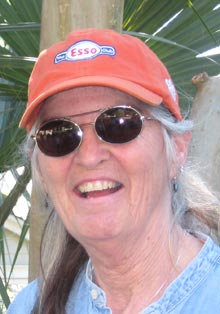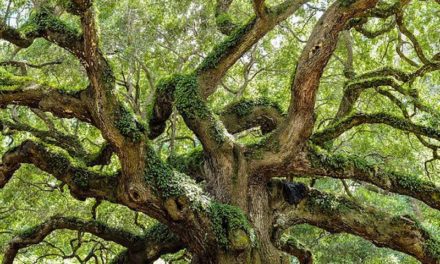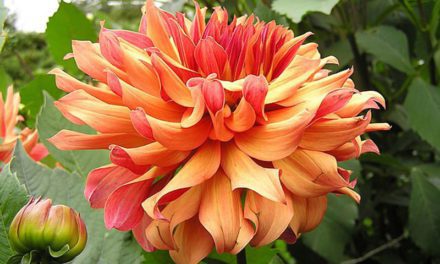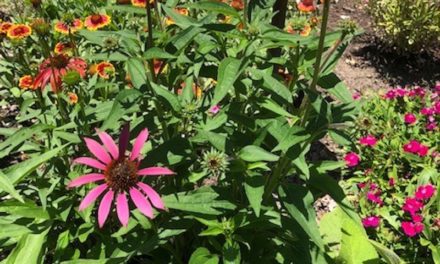 Got Magic?
Got Magic?
When I was a very little girl I thought my grandparents were magic. They were gardeners. Every Saturday, it seemed to me, they worked in the yard. They grew some of the shrubs that lined the long driveway to their house. Camellia japonica, C. sasanqua, holly, boxwood, and several varieties of azaleas were planted down the drive and around the house. Two acres of sandy earth had tall pine trees which gave shade, pine needles, and helped acidify the soil to the liking of those acid-loving plants. My grandfather never bought mulch. What I clearly remember is the miniature forest of rooted cuttings in sand boxes with window sashes over them.
Someone must have had magical powers to turn little sticks with only a leaf or two into shrubs. We checked the little sticks by pulling on them, and at first they gave no resistance… But in about 4-6 weeks they “pulled back,” and my grandfather would know by then if they were going to “take.” A couple of years ago I found a small clay pot that said “Laurel Leaf” in my grandmother’s handwriting, and I knew I’d been named for an azalea, or maybe it was named for me.
There are lots of ways to propagate our favorite plants, and if you make more than you need, you can pass them along to a friend. You must never thank someone for a plant. Rather, show your appreciation with exclamations on its beauty, texture, fragrance or whatever, and end with, “I’ll try to find a good place for it (him/her).” Some plants have gender.
Gardening books on propagation stress a couple of important tenets:
1. Sanitation is always at the top of the list- clean hands, pots, tools, and soil. For most seeding and cuttings, purchase good potting soil. It will be sterile, light, and weed-free.
2. Use disease-free plants and plant parts when cutting or dividing perennials.
3. Know the preferences of your plant regarding drainage, temperature, light, and moisture. Some may like it hot and dry while others prefer cool and moist. House plants which originated in the tropical rain forest may do well in low to medium light conditions but dislike a hot, cold, or dry environment. They would rather be in well drained humid and warm places.
There are techniques for taking cuttings, and several different media can be used to root woody and herbaceous plants, including perlite, bark, sphagnum moss, sand, and vermiculite. Some foliage and flowering plants will root in water, while others – woody and hard to root trees and shrubs – may need rooting hormones, warmth from bottom heat, and regular misting. Many things can be rooted in sand, builders or sharp sand, not beach sand. Rooting in sand can also offer the well drained, weed and disease free conditions that are needed.
If you are planting seeds, bulbs and corms, consider the time of year, temperature and expected time to bloom or harvest. If we know the last average date for frost in Beaufort County is March 15, then planting seeds indoors about 6 weeks before, from early to mid February, would give them time to develop an adequate root system before transplanting out into the garden. Also know that those early transplants will need to be protected some nights and will need to be hardened off before setting them out. Soil temperature is important for seed germination in the garden. An ideal soil temperature for planting squash, cucumbers, and melons is 60°. Here’s the link to the Clemson Home and Garden website page on summer squash. http://www.clemson.edu/extension/hgic/plants/vegetables/crops/hgic1321.html
A very popular pass along plant that is easy to propagate after you have purchased it is Hibiscus sp. Here’s a link that talks about its cultivation and propagation.
http://www.clemson.edu/extension/hgic/plants/landscape/flowers/hgic1179.html
Both centipede seed and basil seed also need warm soils to sprout. Do the math, keep growing, multiplying, dividing, rooting, layering, and spreading the wealth. Remember to label the trays, because you will forget which ones were which. You, too, can amaze small children with your magical plants!
Laura Lee Rose has been studying horticulture and working in Beaufort County gardens for the last 24 years. She currently is the Consumer Horticulture Agent in Beaufort and Colleton Counties and the Master Gardener Coordinator for both counties.








